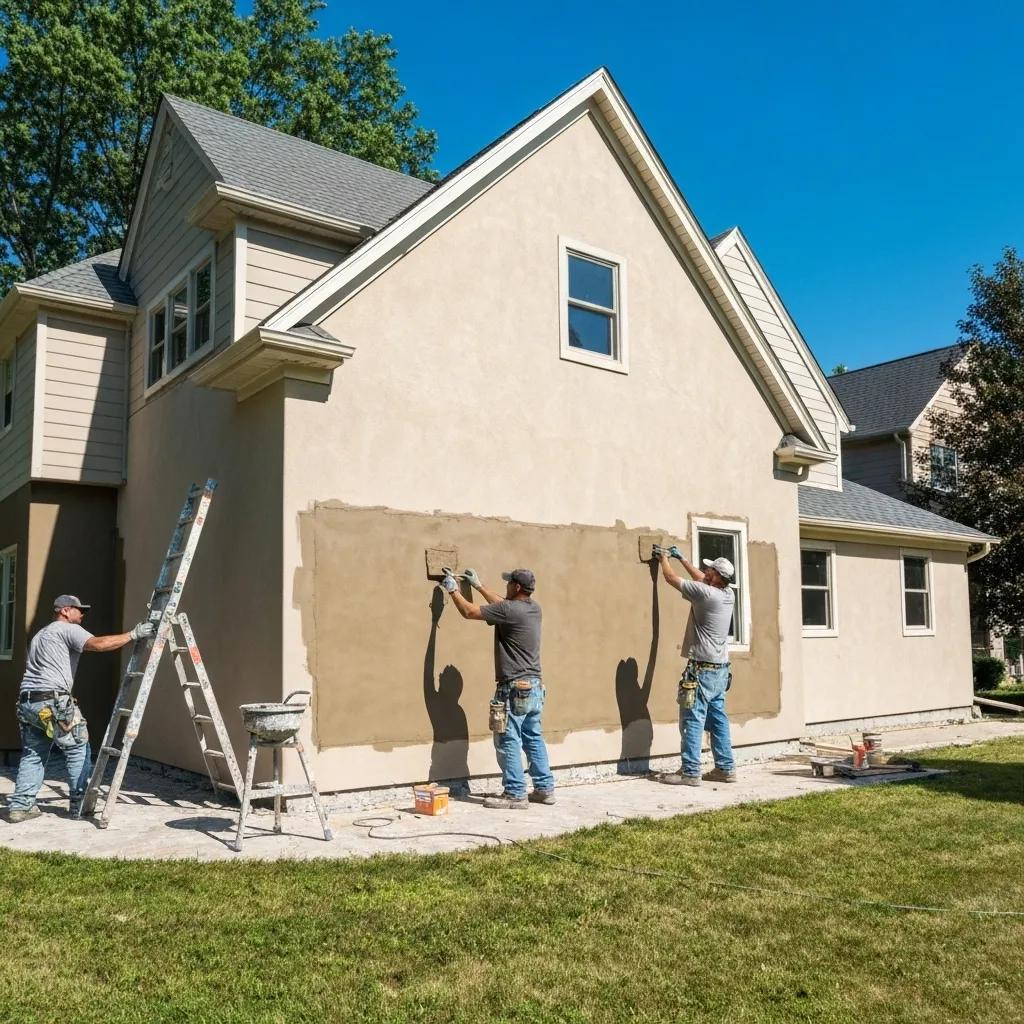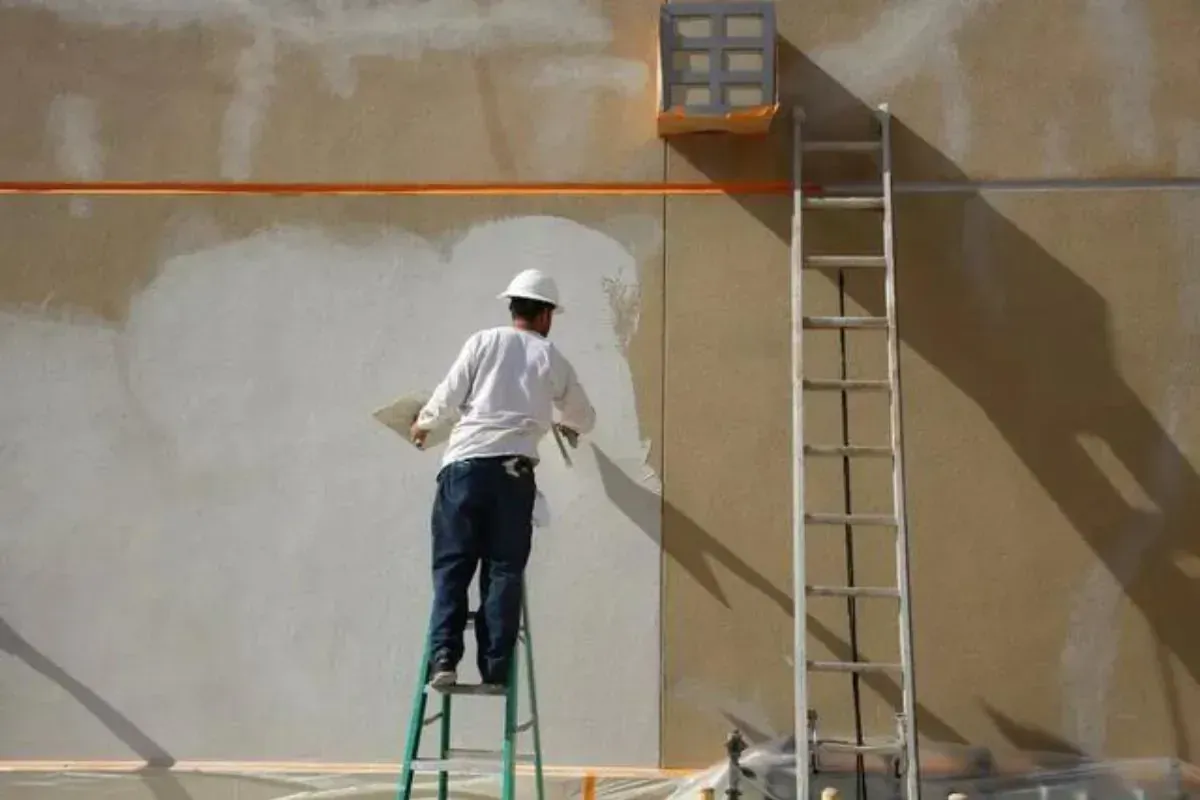
Expert Stucco Installation Services in Media, PA & Surrounding Areas: Your Comprehensive Guide
When it comes to enhancing the beauty, durability, and energy efficiency of your home or business, professional stucco installation is an excellent choice. Serving Media, PA and the surrounding areas, our expert team specializes in delivering flawless stucco finishes that stand the test of time. Whether you’re looking to upgrade your property’s exterior, repair existing stucco, or explore custom textures and colors, we provide tailored solutions to match your style and budget. With a focus on craftsmanship and long-lasting results, we’re here to help you transform your property into a stunning and resilient space.
What Are the Key Advantages of Stucco Installation?
Before diving into specific benefits, it’s crucial to recognize that stucco’s unique blend of cement, lime, and aggregate creates a finish that surpasses many other siding options in terms of longevity and energy savings. Professional patio installation ensures that each of these advantages is fully realized.
How durable is stucco compared to other materials?
Stucco is widely known for its impressive durability. A properly cured cement-lime finish can withstand impacts, resist cracking, and hold up against decades of UV exposure without losing its strength. Unlike vinyl or wood siding, stucco maintains its structural integrity for 50 years or more with minimal intervention.
Does stucco improve energy efficiency?
Yes, stucco reapairs acts as an extra insulating layer. Thanks to its thermal mass, it helps regulate indoor temperatures by retaining heat in the winter and keeping interiors cooler in the summer. Over time, this can significantly reduce energy consumption, leading to noticeable savings on heating and cooling bills.
Can stucco be customized to match different aesthetics?
Absolutely. Stucco offers one of the widest ranges of customization options in exterior cladding. From smooth modern finishes to textured Mediterranean or rustic designs, it can be tinted, pigmented, or finished in various ways to perfectly complement both historic homes and contemporary properties.
How fire resistant is stucco?
Stucco is a naturally fire-resistant material because it is cement-based and noncombustible. This means it can protect your home better than many other siding types in the event of a fire. In some cases, homeowners may even benefit from lower insurance premiums due to the enhanced fire protection stucco provides.
Does stucco require a lot of maintenance?
No, stucco is considered a low-maintenance siding option. With occasional cleaning, minor crack repair, and resealing every 5–7 years, it continues to look beautiful and perform effectively for decades. Compared to wood or vinyl siding, the upkeep is far less demanding and more cost-efficient.
How Are Proper Flashing and Drainage Installed to Prevent Moisture Damage?
Effective stucco systems incorporate essential flashing and drainage components to expertly channel water damage away from the building envelope, preventing moisture saturation behind the finish. Without these elements, even high-quality stucco may fail prematurely.
What role does kick-out flashing play?
Kick-out flashing is installed at roof edges where water runoff is heaviest. It directs water straight into gutters instead of letting it flow down the wall. This simple detail prevents water from seeping behind the stucco surface and reduces the risk of hidden structural damage.
Why are sill pans important?
Sill pans are fitted beneath window openings to control water that may seep past window frames. They act as a secondary line of defense, channeling moisture outward and keeping it from pooling inside the wall assembly. This greatly reduces the chances of leaks and rot around vulnerable window areas.
What purpose do weep screeds serve?
Weep screeds are installed at the bottom edge of stucco walls and act as an outlet for trapped moisture. Any water that enters the system can escape through these openings, which helps wall maintenance the integrity of the wall and prevents long-term saturation or mold issues.
Final Thought
Stucco remains one of the most reliable, durable, and visually versatile exterior finishes available for homeowners in Media, PA and the surrounding areas. When properly installed and maintained, it not only safeguards your property against the region’s varied climate but also enhances curb appeal and long-term value. Whether you are considering new installation, repairs, or full remediation, partnering with an experienced contractor like SMG Plastering ensures that your investment delivers lasting protection, energy efficiency, and timeless beauty for decades to come.

How long does stucco last on a home in Media, PA?
When properly installed and maintained, stucco can last anywhere from 50 to 80 years. Its durability is one of the main reasons homeowners choose it over siding materials like vinyl or wood, which typically need replacement much sooner.
Can stucco be applied over existing siding?
Yes, in some cases stucco can be applied over materials like brick or concrete block. However, if the existing siding is wood or vinyl, it usually needs to be removed first. A professional inspection ensures that the substrate is suitable for stucco application.
Does stucco require painting or sealing?
Stucco does not need frequent painting, but applying a professional-grade sealer or elastomeric coating every 5–7 years helps maintain water resistance and keeps the finish vibrant. Some homeowners choose to paint stucco for color updates, but sealing is more important for longevity.
What is the difference between stucco repair and stucco remediation?
Repair typically involves patching small cracks or damaged sections of stucco. Remediation, on the other hand, is a much larger process that addresses systemic failures—such as moisture trapped behind the walls—and may require removing and reinstalling large portions of the stucco system.
Can stucco be customized to match the style of my home?
Absolutely. Stucco is one of the most versatile exterior finishes available. It can be tinted in almost any color and applied in a wide range of textures, from smooth, modern finishes to traditional, rustic looks that complement historic homes in Media, PA.
